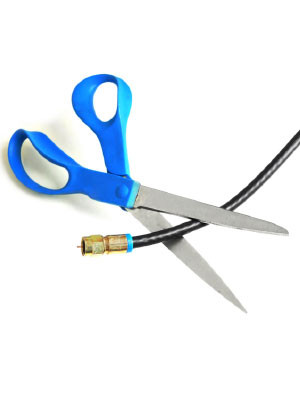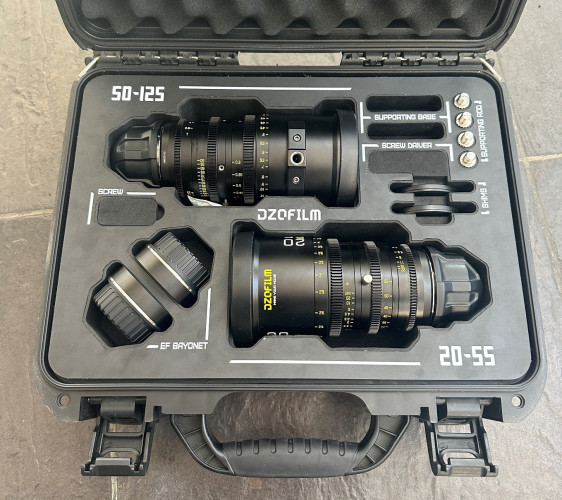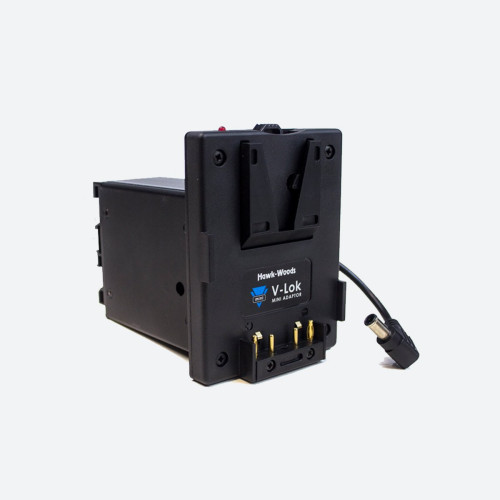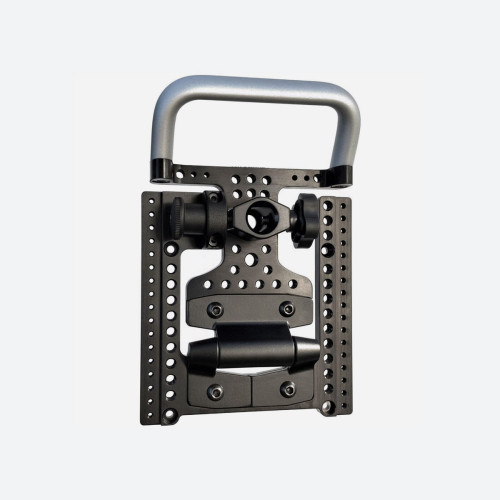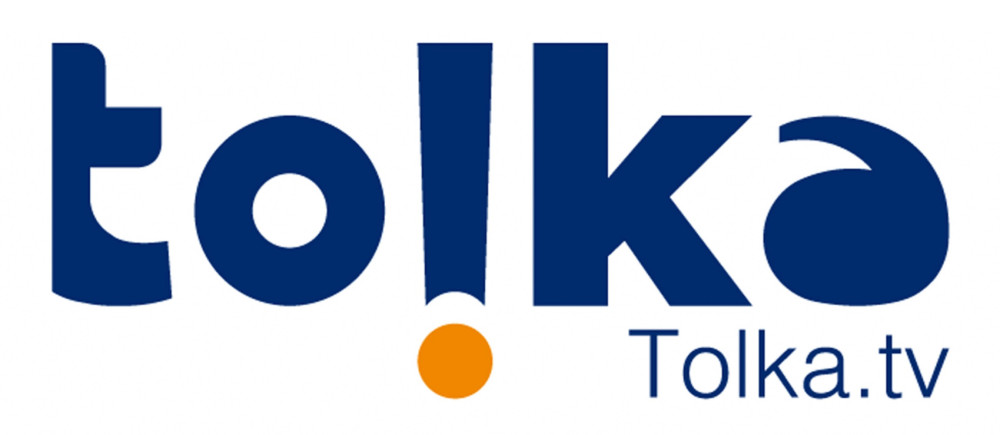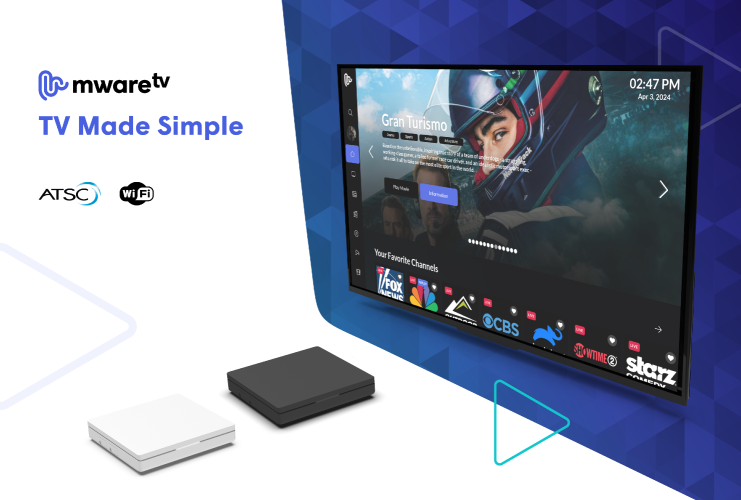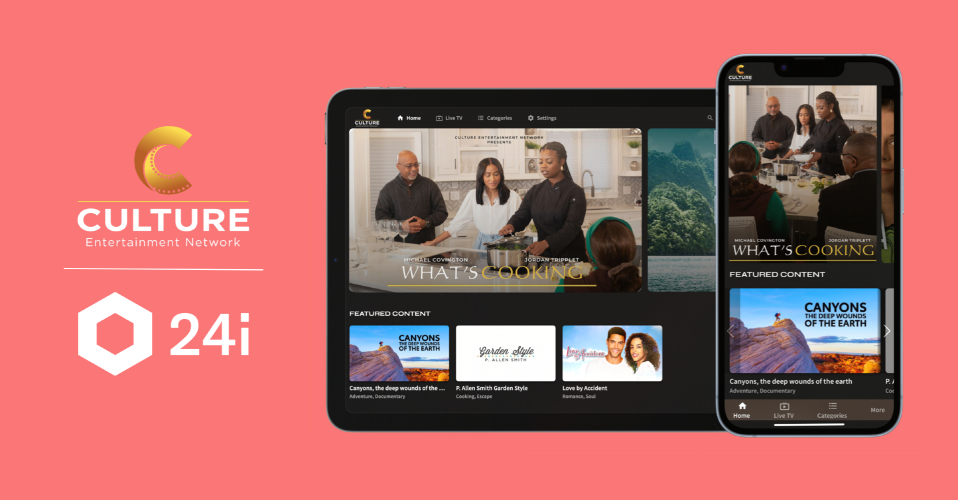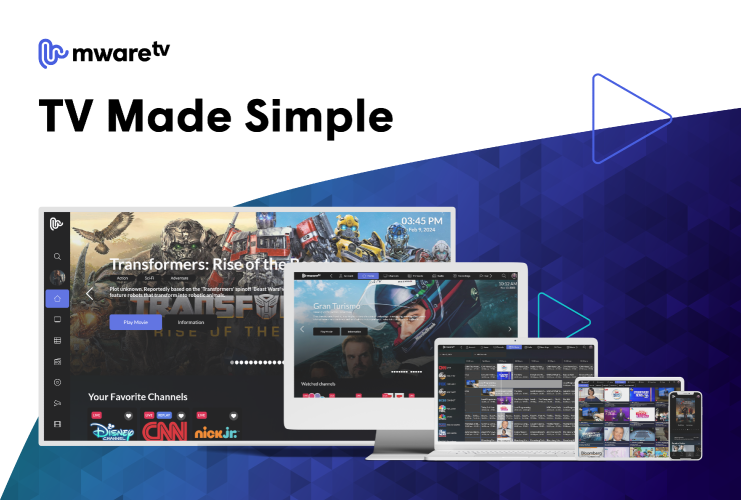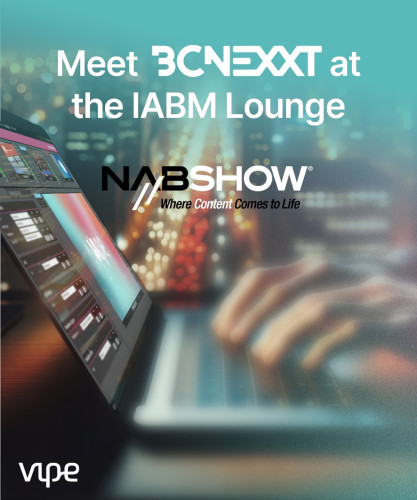OTT is a term that is casually bandied about as though everyone knows what it is, but is there really a single definition? Hopefully this little guide will have you speaking the jargon like a native!
OTT stands for Over The Top. If you're into linguistics, then the first question that comes to mind is "What are A & B in the sentence: A is going over the top of B". The traditional answer is that for broadcast is that in OTT, "content\" is going over the top of the "pay-tv supply chain". In other words, if you go home and turn on your laptop / phone / tablet / chromecast / raspberry pi and connect to some content without going via a traditional cable company / satellite distribution operator / broadcaster then you are getting your content "Over The Top".
So that makes sense, but hang on a second. That seems to make OTT all about the economics of the receiving device and not really about technology. To a large extent that's true. We live in a world where the cost of buying an internet enabled video display device is very small. Whether it's a Roku or a Chromecast or Apple TC or a PiCast or a SmartTV, essentially there is a generic processor somewhere near your screen that is able navigate web pages or display an app and ultimately connect the screen to a stream of pixels and audio samples.
Don't get me wrong there is a lot of technology in the chain, but the big disruption is essentially commercial and legal. Back in the old days (2009) there was a fairly long commercial and legal chain of suppliers and aggregators of content between the selections available to you on your button-rich remote control and the source of that content. It used to be in everyone's interest to keep you within the "walled garden\" of content for each discrete delivery mechanism. You probably remember having a set top box for digital terrestrial and another for cable and probably 2 different ones for satellite and possibly a PVR box as well. That meant 3 or 4 or 5 consumer contracts that you had signed and switching between services was often a painful experience on your early generation flat screen TV with insufficient HDMI or VGA sockets.
Fast forward 7 years and an OTT receiver can connect over the general purpose internet to a huge variety of sources without having to do anything more complex that press the correct pretty icon on your phone a couple of times. As a consumer the complexity of the service discovery and connection and CDN buffering is (mostly) hidden from you. You press the BBC's iPlayer icon and repeats of Top Gear are instantly available to you regardless of the device that you're using and regardless of who is providing your internet connection. The data pipe and the content provider are disconnected.
So does that make Netflix an OTT provider or an Internet SVOD provider (Subscription VOD). When Netflix launched they were definitely classed as OTT because a US cable consumer could watch the same movie over their cable internet for a smaller price than they could watch the same movie from the same cable channel on the same screen - even though the content was coming down the same bit of wire. But at the same time Netflix is also an SVOD provider because you need to subscribe to legally access the Video On Demand content.
The truth is that streaming technologies and encryption with rights access will continue to dictate how content can be exploited and the economics of adverts / no adverts will appeal to different demographics of consumers. Mix in the geographic availability of satellite, cable, wired internet, mobile internet along with the geographic distribution of a population and it's difficult to categorise from a technology perspective exactly what is an OTT operator and what isn't.
At the end of the day, viewers appear to be voting with their spending power and broadcasters as well as content brands are responding by making content available on the internet for the new generation of devices to stream. Sometimes the content is free, sometimes it is geo-locked, sometimes it is behind a paywall and sometimes it is just too popular and the internet breaks. In 2015 in the UK, the most popular BBC iPlayer shows still only accounted for 2% of total viewing. A small number in real terms, but the rate of growth is such that the UK government are considering laws to require the purchase of a TV license fee to use the broadcasters iPlayer service.
Today's reality is that the economic value chain between camera and screen is still in flux. OTT is not the end of the innovation. In my opinion, it's just the beginning.





